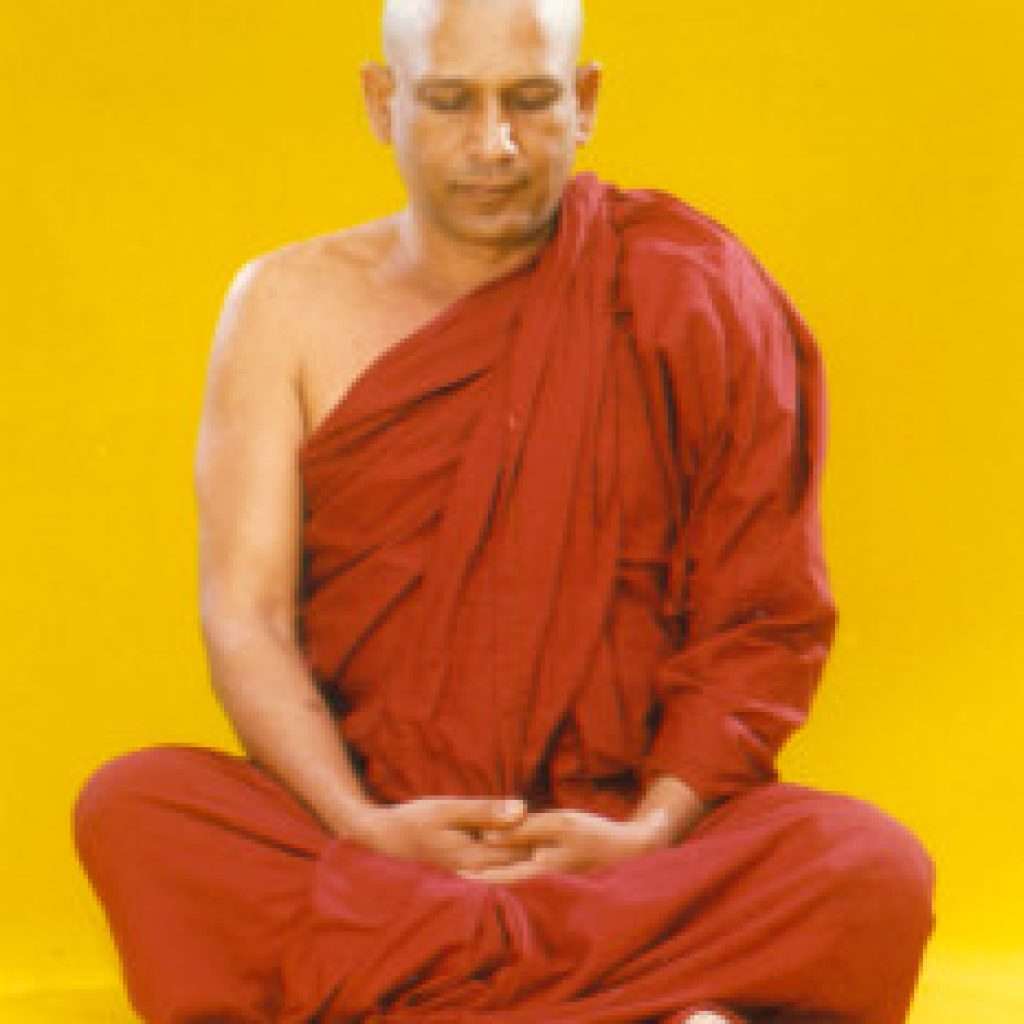In the intricate dance of religious syncretism, where diverse traditions intermingle, Buddhists find themselves at a crossroads. As they engage with other faiths, they must tread carefully, ensuring that their core teachings remain untainted. The allure of blending practices can be enticing, but hidden agendas and power dynamics often lurk beneath the surface. Buddhists must remain vigilant to avoid such manipulation. Let us explore this delicate balance, where vigilance becomes paramount.
No Matter Who’s Show Off: Religious syncretism, whether practiced by individuals or groups, often involves grand displays—visiting various religious sites to demonstrate openness and knowledge. However, true understanding lies not in showcasing diversity but in respecting the common practices adhered to by locals for centuries.

Religious syncretism, the blending or merging of different religious traditions, has been a topic of debate and discussion throughout history. While some argue that mixing various religions enriches society, mindful individuals have increasingly recognized its potential dangers. In many places, syncretism has led to nuanced interpretations of religion. As a Buddhist, it is crucial to focus on its impact on Buddhism and consider the implications for adherents.
Buddhism, renowned for its adaptability, seamlessly integrates with local customs and beliefs. As it spread across Asia, it absorbed elements from indigenous traditions. For instance, in Japan, Buddhism harmoniously blended with Shinto practices, resulting in a syncretic phenomenon known as Shinbutsu-shūgō. Similarly, Tibetan Buddhism incorporates elements from Bon, the indigenous religion of Tibet.
However, in Sri Lanka and many other countries, Buddhists grapple with a delicate challenge: how to maintain their core teachings while engaging with other faiths. Syncretism, when not approached with care, can inadvertently impact the essence of Buddhism. Legal implications loom large, as countries’ constitutional rights often prioritize the protection of Buddhism. The foremost place accorded to Buddhism should not be compromised by introducing concepts from other religions.
Governments and individuals must refrain from oversimplifying religious diversity by claiming that “all religions are the same.” History reveals instances where Buddhist nations faced conversion pressures, leading to the erosion of their Buddhist identity. Such actions are legally and ethically flawed. Buddhism stands apart—it cannot be compared to any other religion. Even the founders of other faiths never made such claims.
As the author of this article, I have observed and explored the phenomenon of “Religious Syncretism.” In this intricate dance of blending diverse religious traditions, I’ve tracked individuals who often exhibit certain behaviors—behaviors that carry hidden agendas and cultural hegemony. Their motivations, however, are not always rooted in valid reasons; rather, they seek popularity in today’s era through various means.
These individuals may suffer from what we can term “maniac syndrome,” a mental and behavioral disorder characterized by abnormally elevated arousal. Their actions are driven by a desire to see others comment on their posts or articles, engage with popular “Emoji” icons on their social media, and gain recognition. But upon closer observation, it becomes evident that many of these individuals harbor hidden agendas in their lives.
Syncretism, unfortunately, often occurs not out of genuine spiritual exploration but due to political or cultural motives. Throughout history, colonial powers have imposed their religious practices on indigenous communities, resulting in syncretism driven by power dynamics rather than sincere dialogue. As Buddhists, we must remain vigilant, guarding against any manipulation that threatens the millennium-long Sinhala Buddhist civilization.
As Buddhists engage with other faiths, vigilance becomes essential to preserve the authenticity of their teachings and navigate the complexities of syncretism. The delicate balance lies in appreciating cultural exchange while safeguarding the core tenets of Buddhism. Syncretism can be manipulated for political or cultural gain, as historical examples reveal when colonial powers imposed their practices on indigenous communities.
Once popular Dr. D. Large has been said ‘’Religious Syncretism like a poisoned cake cover with ice’’.
Let me elaborate on that quote: Imagine a cake—its exterior pristine and inviting. From the outside, no one suspects deception. But once tasted, its hidden poison reveals itself. Similarly, in the intricate dance of religious syncretism, appearances can be misleading.
Also, these activities are advantageous for propagating and reaching the goal of the Goodish Doctrine, as well as the hidden activities of Proselytization
Warning: Religious syncretism practitioners must critically evaluate its impact. As Buddhists, we seek neither popularity nor a diluted path. Instead, we foster open dialogue, respecting diverse perspectives. Let us remain vigilant, safeguarding the timeless wisdom of Buddhism.
Keep in mind that separatism, operating through the hidden agenda of geopolitical cartography, is quietly and secretly infiltrating our country via geopolitical, geo-economics, and maritime channels. It serves as a reminder of the Axis Powers’ Tordesillas Treaty, which caused immense suffering and claimed millions of lives. This evil historical event underscores Europe’s historical domination over much of the world, driven by a belief in their God-given right to divide the globe. Additionally, in a different context, ‘Religious Syncretism’ has victimized Asia through its multifaceted cultural activities. Ultimately, this marks the decline of the ‘’Light of Asia’’ Buddhism.

Nearly two decades ago, we lost Ven. Gangodawila Soma Thero, a learned monk and a social reformer. His tireless efforts in propagating the Dhamma and revitalizing Buddhist practice within Sri Lankan society left a lasting impact. Ven. Soma Thero emphasized diligence, observance of the Five Precepts, and letting go of false views. His advocacy for vegetarianism and opposition to killing animals for meat continue to inspire many of us.
However, it is disheartening to observe that some young people, while standing up to protect Buddhism, inadvertently contribute to the erosion of our rich Buddhist culture. Their participation in multi-cultural, multi-religious environments may unknowingly facilitate the impact of “Religious Syncretism” and proselytizing activities. These practices, overseen by certain churches and Arab-oriented mosques, pose challenges to the preservation of our Buddhist heritage.
As we reflect on Ven. Soma Thero’s legacy, let us remain vigilant in safeguarding our traditions and values while amidst a changing world.
As Sinhala Buddhists, we must remain vigilant. While cultural exchange enriches us, we must safeguard our core teachings.
Conflict and controversy often arise in this interplay. Clashes occur between traditionalists and innovators, and controversies emerge when syncretic practices challenge established Sinhala Buddhist Culture in Long Thousands of Years. Buddhists must remain vigilant, discerning genuine exploration from manipulation. Let us honor our tradition’s essence while engaging with the world.
By Palitha Ariyarathna
